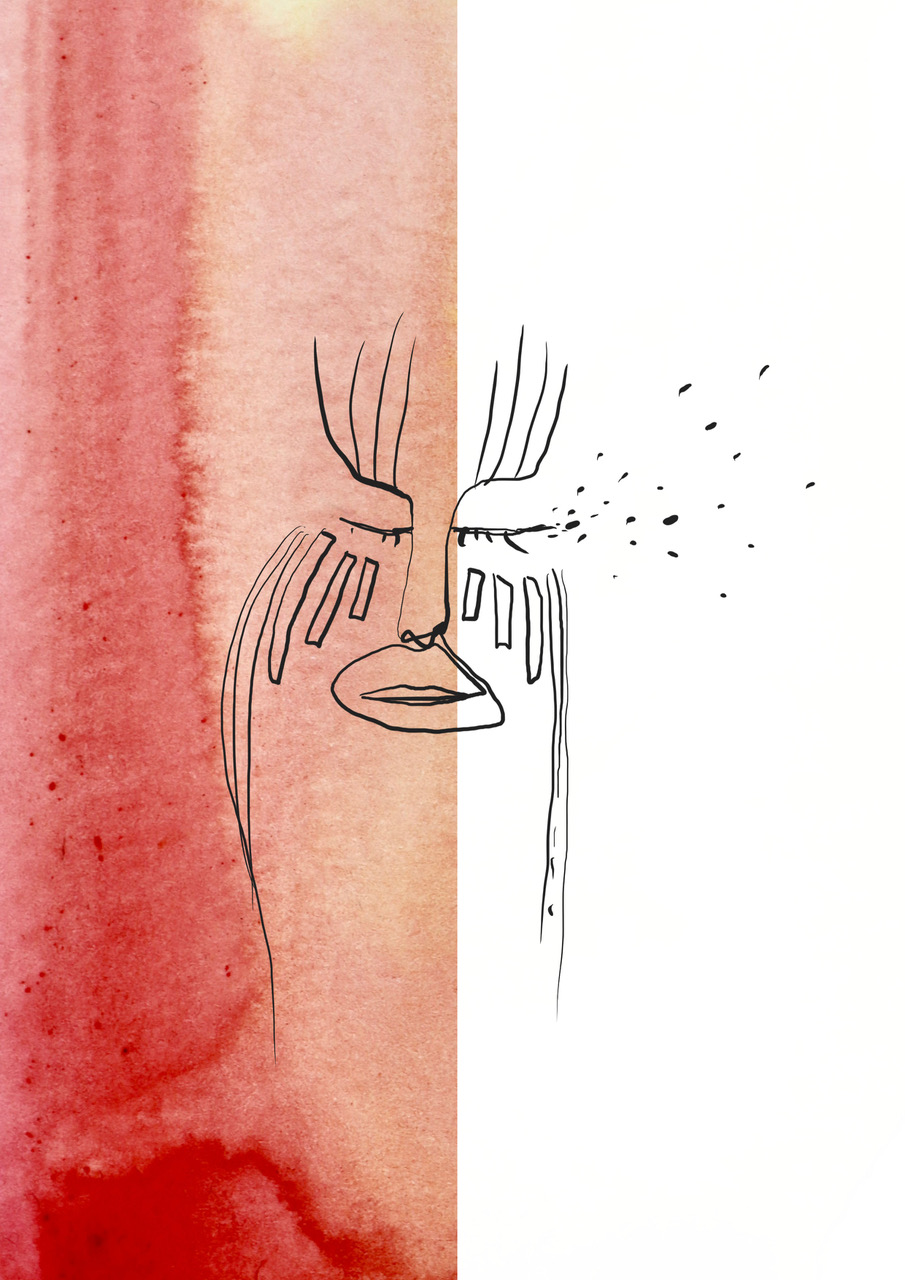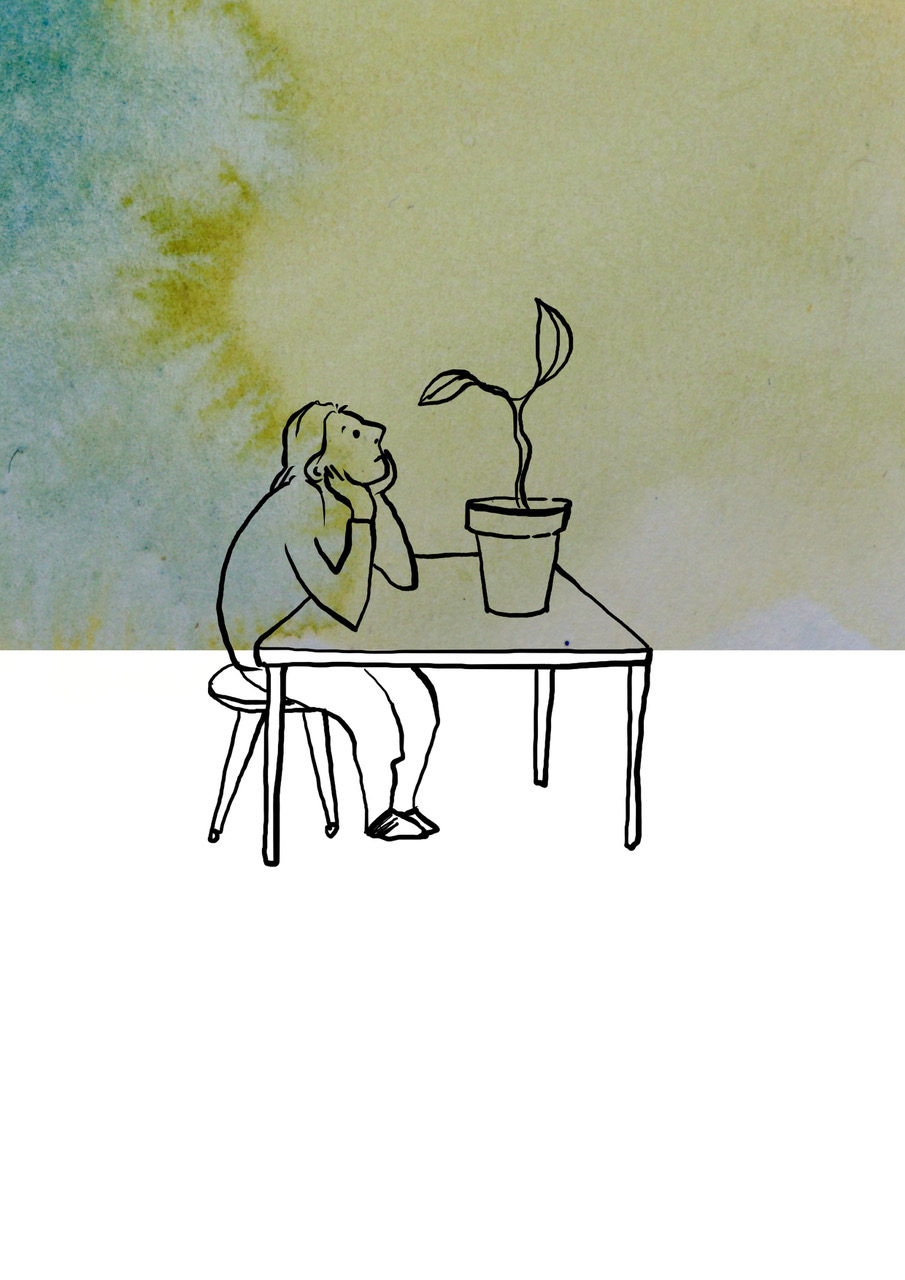Nomadic Scores
The Nomadic Scores are a collection of proposals that have been accumulated through collective researches and projects such as the Nomadic Academy.
They have been created in different contexts, fed by many other artists, writers and inspirations,…still in “becoming” and expanding.
The scores are gathered in the form of a card set. Each card is an invitation to a particular score. They move between five different zones: queering, rewriting ,caring, sensitising, and decentralising. These zones fluidly overlap and intersect as do the colours on the cards.
The card set project began in 2022 in the frame of the Connecting Communities project from Aktion Tanz and is a collaboration between the dance artists Sahra Huby, Carolin Jüngst, Anna Konjetzky and Quindell Orton.
Anna Konjetzky und Co keeps developping the scores cards as a changing, living archive.
The new version printed in 2023 is now available and can be ordered by sending an email to: projects@nomadic-ak.com
English scores
Deutsche scores

Imaginary Make-up
Two by two:
One person closes their eyes, the other puts invisible makeup on their partner´s face,
using their fingers to touch the face, and naming each time what kind of colour, style and shape they are applying.
Swap roles when the make up is finished.

Radical Listening-More than Human
Take a plant as a partner. Look at each other for 1 minute. The person listens to the plant for 2 minutes. Then the person asks follow-up questions to the plant for 30 seconds.